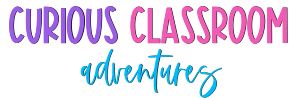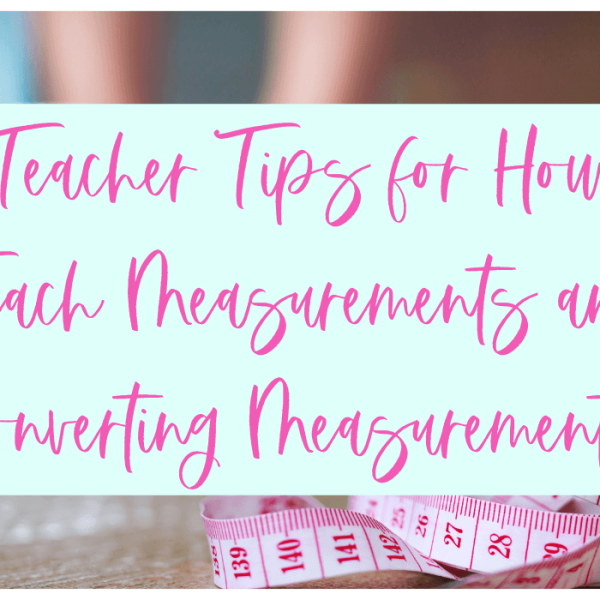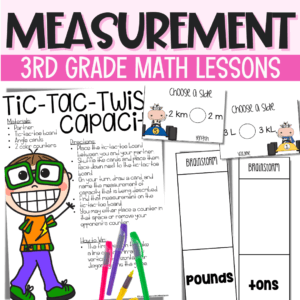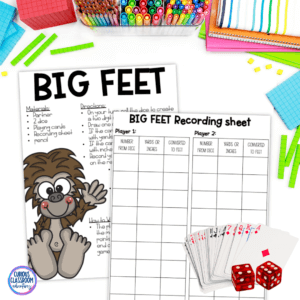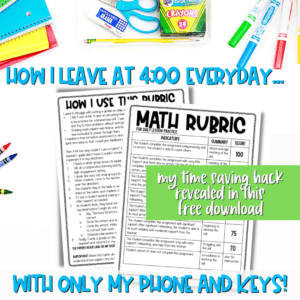Learning how to measure and then convert between different units of measurement is a crucial skill for third and fourth graders. Not only will it be useful in their everyday lives, but it will also give them a valuable foundation for more advanced math concepts down the road like algebra. Here are some ideas for how to teach measurements as well as convert between common units of measurement.
1. Begin with a review of the most common units of measurement.
Spend some time going over what a foot, inch, yard, mile, pint, quart, and gallon are. Have students give examples of when they might use each one. Don’t forget to use real-life examples and visual aids when possible to make it more concrete for students. This will be a great introduction for 3rd graders, and this may be as far as you go with them. Many states’ standards don’t require more than this for 3rd grade. For 4th graders, it will refresh their memory and prepare them for the conversion process. Here is a great done-for-you unit for teaching basic units of measurement.
2. Next, introduce the concept of conversion factors.
A conversion factor is simply a number that you can multiply or divide by to convert between two units of measurement. For example, there are 12 inches in a foot, so the conversion factor from inches to feet would be divided by 12. There are 2 pints in a quart, so the conversion factor from quarts to pints would be to multiply by 2. Help your students make a list of common conversion factors for the units of measurement you reviewed in step 1. Students usually struggle with deciding whether to multiply or divide. You can use the visual below to help them remember. Here is a great done-for-you unit for teaching converting measurement.
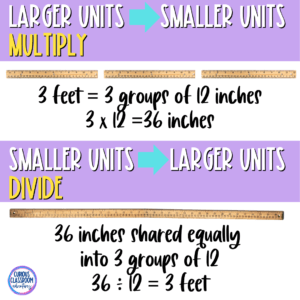
3. Now comes the fun part – actually doing some conversions!
Start by having students work in small groups or pairs. Give them some practice problems to work on together, using the conversion factors they learned in step 2. As they work, circulate around the room and offer help as needed. Once they’ve had a chance to try some problems on their own and gain confidence, let them PLAY with conversions. Set up measurement games or use cooperative learning activities for measurement to get them interacting with each other and practicing conversions at the same time.
4. Assess and adjust.
Finally, don’t forget to assess your students’ understanding periodically with written problems or formative assessments. This will help you identify any areas where your students may need additional instruction or practice.
Converting between units of measurement may seem like a daunting task at first, but with a little practice, your students will be experts in no time! By reviewing the most common units of measurement and introducing them to conversion factors, you’ll set them up for success both now and in the future.
I hope these tips for how to teach measurements and converting measurements were helpful! For more details on how to set up a math block so you can get ALL-THE-THINGS done and still leave school at a reasonable time, grab this free resource!
